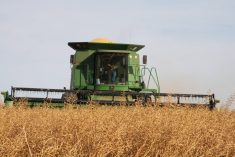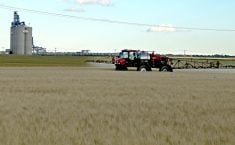Enthusiasts’ original two vintage machines has grown to eight, together with three antique trucks to match lower augers
On a Saturday morning at the end of September, in a wheat field just outside Milden, Sask., eight vintage combines were lined up and ready to harvest grain.
A small group of local residents who own the combines get together one day a year to put their classic machines to work.
“It all started with two combines about 10 years ago,” says Arnold Somerville, owner of two vintage machines.
Read Also
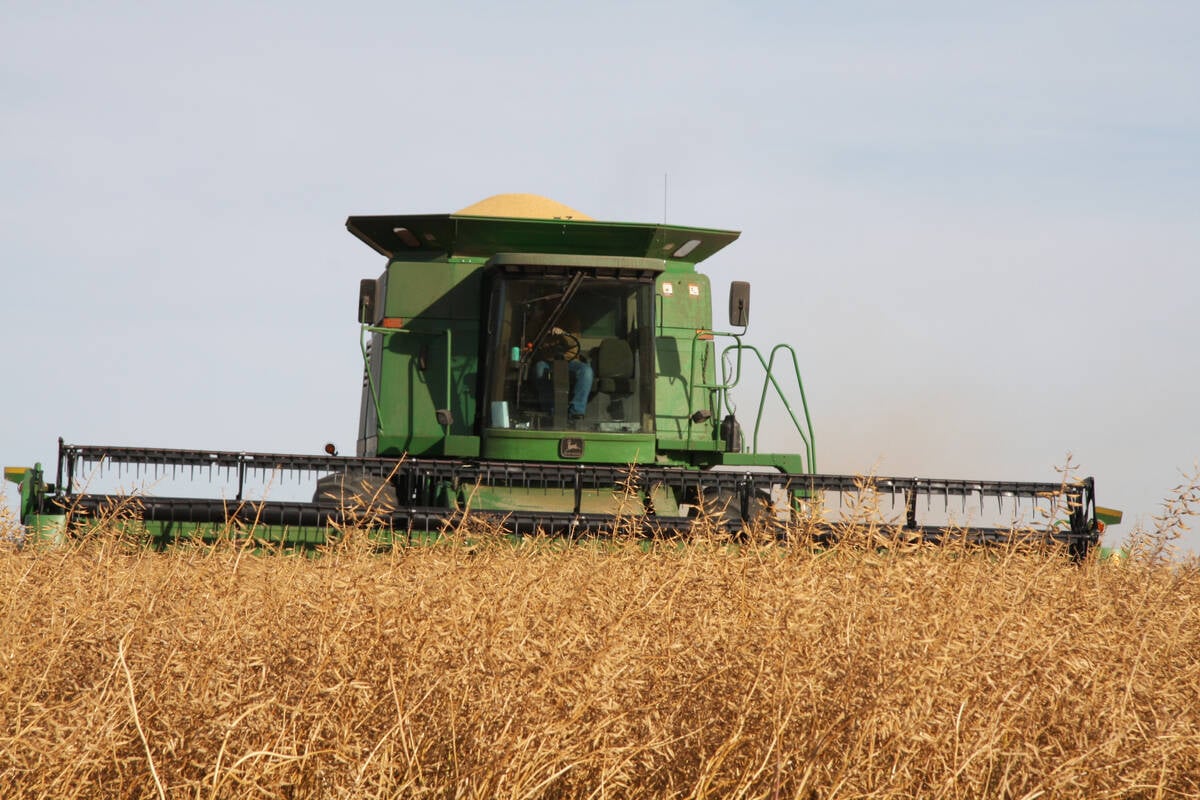
Mustard processor expands in southern Alberta
$30 million expansion for southern Alberta mustard facility adds milling capacity to largest supplier in the world of value-added milled mustard products
“We got more interest as it went along, and pretty soon we ended up with these.”
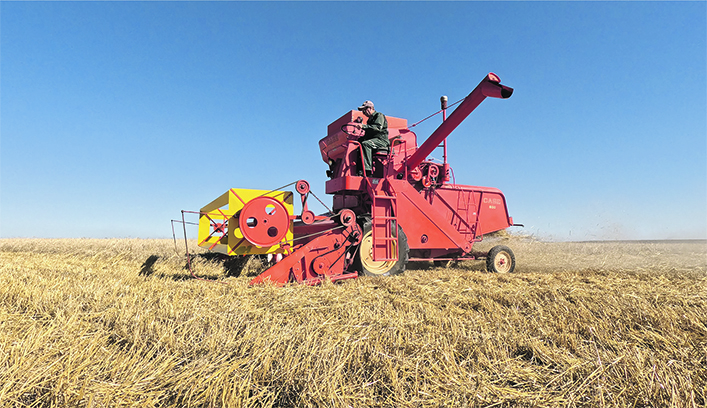
The gathering has become known in the community, and a few people usually drop by to get into the operator’s seat for a few minutes to experience operating an old combine.
“We usually have enough guys to run them all (at once),” says Somerville.
“Once in a while we may be short. Guys around here will jump on and run them.”

The collection represented several brands, including a pair of Super 92 Massey-Fergusons along with a little newer 510 model, a 600 Case, a 95 John Deere and a Massey-Harris 80 Special and 90 Special.
All of them are in original “survivor” condition, needing only some minor work to keep them operating. And most are originally from the Milden area.
“Just odds and ends and small things,” says Somerville.
“The 510 needed some motor work, but these two Super 92s didn’t need much put on them — just a belt once in a while.”
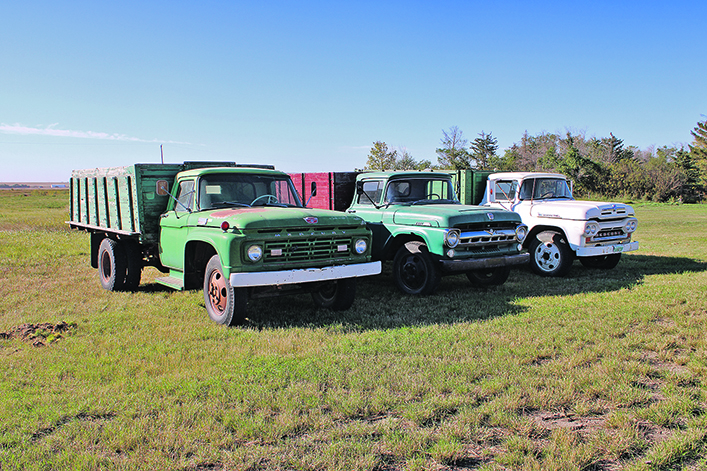
However, there was one standout machine in the group — a Roto Thresh.
The brand was the product of a small start-up company with an idea for a unique threshing system, using a rotating 66-inch drum instead of straw walkers. Centrifugal force helped separate grain and straw.
The large drum also gave the combine its unique, boxy shape compared to other conventional combines of the day.
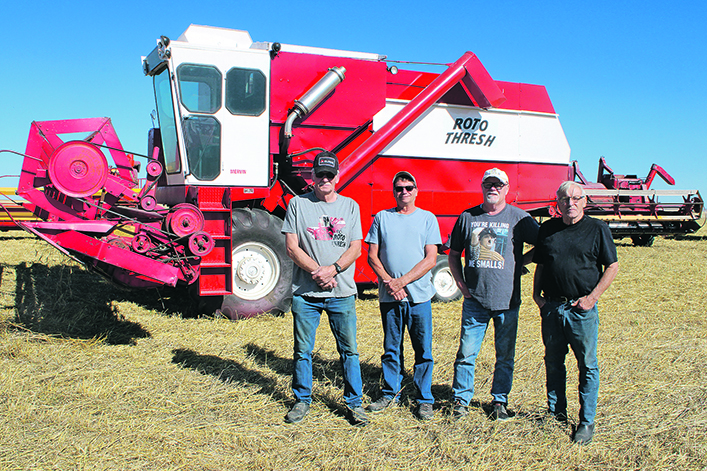
The company operated in Saskatoon from 1974-78 and built only 50 machines before ending production.
After buying it and a second one for parts from the family of the original owner, Somerville and Calvin Grunerud spent a year and a half restoring it to working condition.
Also on hand were a trio of vintage grain trucks. With the lower auger heights of older combines, most modern grain trucks couldn’t get under them.
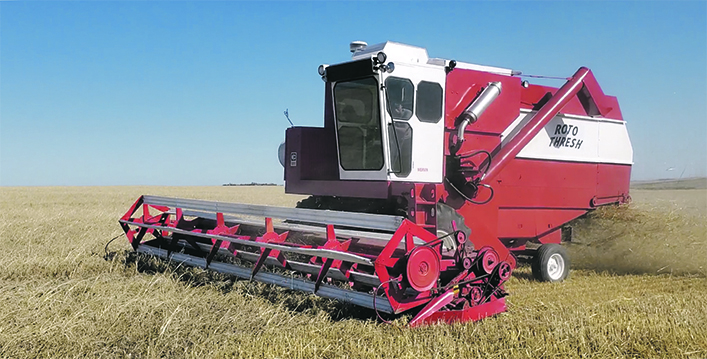
Weather proved a challenge for the vintage combine gathering this year. Recent heavy rain caused much of the standing wheat to go down, proving a challenge for the older machines to cut.
“Last year we did 80 acres, but this year we’ll just fool around. It’s tough trying to cut it,” says Somerville.
However, spending the day on the old machines isn’t really about efficient production for the participants. It’s a chance to get behind the wheel of classic machines and make them do what they were built for, along with enjoying the nostalgia.
“I can remember operating these old girls, and at the time I hated it at the end of the day,” says Somerville.
“Now it’s fun to run them.”






